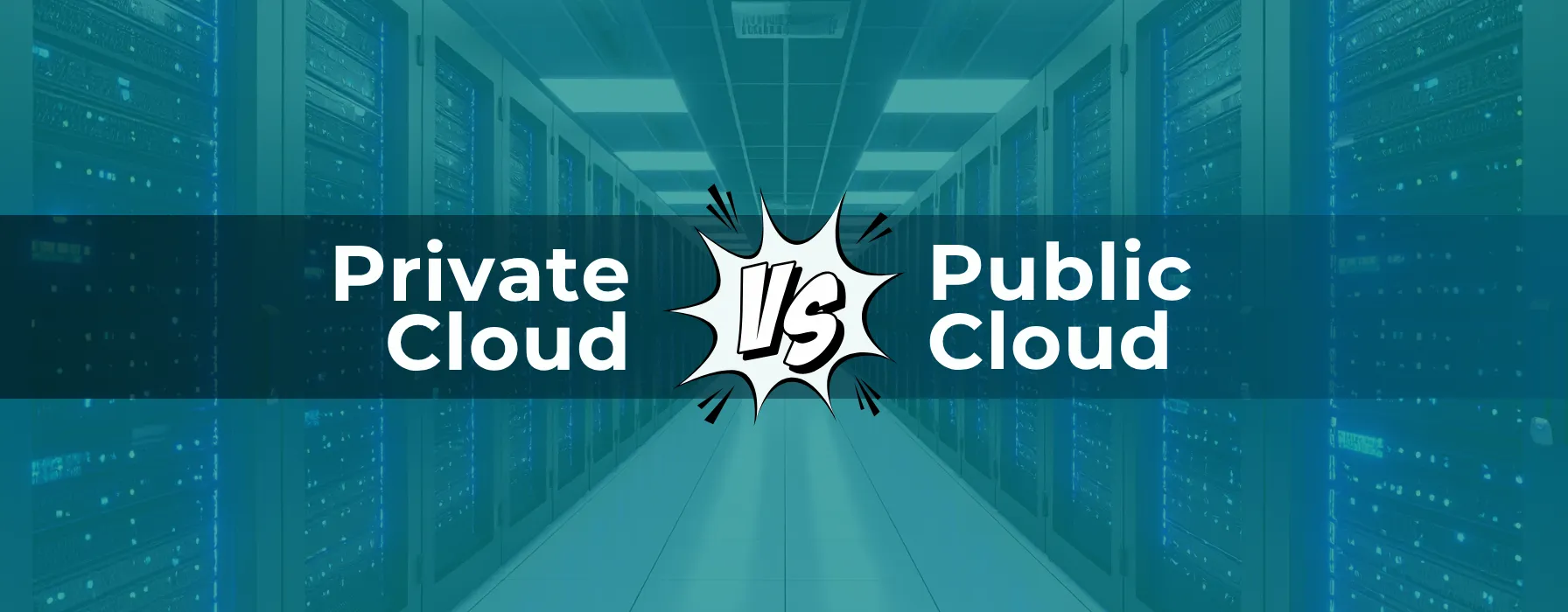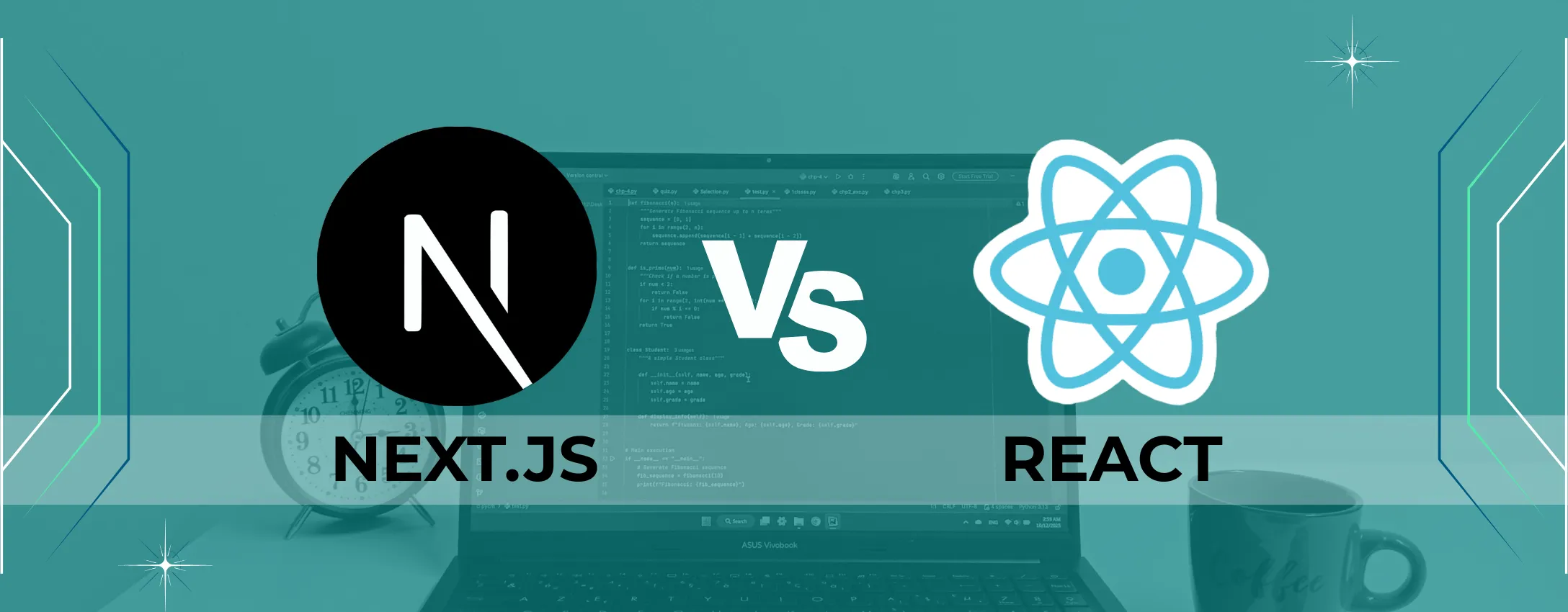

Mastering Cloud Infrastructure Management: Simplifying the Complex
Managing cloud infrastructure is no walk in the park. With businesses increasingly relying on cloud platforms to power their operations, the stakes are higher than ever. The need for seamless operations, cost control, and disaster preparedness is critical—and it’s no secret that many organizations struggle to juggle it all.
If you’ve ever felt overwhelmed by spiraling costs, downtime, or the technical complexities of cloud management, you’re not alone. In this blog, we’ll explore practical insights into cloud infrastructure management while addressing the real pain points businesses face daily.
The Cost Dilemma: Finding Balance
It’s frustrating to get hit with unexpected cloud bills or struggle to justify increasing expenses. The reality is, managing cloud costs isn’t just about cutting corners—it’s about smarter allocation.
- Accurate Cost Estimation: Before scaling your cloud operations, you need a clear picture of the associated costs. Without accurate forecasting, growth can quickly turn into a financial drain.
- Cost Optimization: Small changes, like rightsizing virtual machines or leveraging auto-scaling, can make a big difference. Many businesses find themselves paying for unused resources—an unnecessary burden that smarter management can eliminate.
Pain Point Solved: By prioritizing optimization over reduction, you can ensure every dollar spent enhances business outcomes.
The Complexity of Modern Architectures
The rise of containers and microservices has revolutionized how applications are developed and deployed. But let’s be real—it’s not an easy transition.
- Containers: While they offer portability and consistency, managing a large number of containers can feel like herding cats. Tools like Kubernetes help, but they come with their own learning curve.
- Microservices: Breaking applications into smaller, independently deployable pieces sounds great until you realize how much communication and monitoring they require.
Pain Point Solved: Adopting containers and microservices can simplify long-term scalability, but success hinges on having the right tools and expertise to manage them.
Downtime Nightmares: 24/7 Vigilance
Few things are more stressful than an unexpected outage during a critical business hour. Whether it’s an internal application failure or a customer-facing service disruption, downtime can tarnish your reputation and hurt your bottom line.
- The Reality of 24/7 Operations: Even minor technical hiccups can escalate without constant monitoring. Many organizations lack the resources to maintain this level of vigilance in-house.
- Troubleshooting Under Pressure: The clock is ticking when issues arise. Without a streamlined process for identifying and resolving problems, recovery times drag on, and stress levels skyrocket.
Pain Point Solved: Proactive monitoring and a clear troubleshooting plan can mitigate downtime and restore operations before users even notice.
Backup and Recovery: An Insurance Policy for Your Data
Data is the lifeblood of your business, and losing it—whether due to cyberattacks, human error, or technical failures—is a nightmare scenario. Yet, many companies don’t realize the limitations of their backup solutions until it’s too late.
- The Pitfalls of Backup Plans: Not all backup systems are created equal. Outdated methods can leave gaps in coverage or require lengthy recovery times.
- The Importance of Recovery Speed: A backup is only as good as its ability to restore data quickly. Slow recovery times can disrupt operations and lead to significant losses.
Pain Point Solved: A robust backup and recovery strategy not only secures your data but also ensures your business can bounce back without missing a beat.
Bridging the Gap Between Challenges and Solutions
For many businesses, cloud infrastructure management feels like an uphill battle. The pressure to optimize costs, embrace modern architectures, maintain uptime, and secure data can overwhelm even the most seasoned teams.
The key lies in embracing tools and strategies that simplify management while addressing these pain points:
- Use automation for cost monitoring and resource scaling.
- Leverage orchestration tools like Kubernetes for container management.
- Establish 24/7 monitoring systems to detect and resolve issues proactively.
- Implement a disaster recovery plan that minimizes downtime and protects critical data.
Connecting the Dots
Cloud infrastructure management doesn’t have to be a constant source of stress. By focusing on practical solutions that address real-world pain points, businesses can transform their cloud operations from a source of frustration into a competitive advantage.
With a bit of planning and the right approach, you can make your cloud infrastructure work smarter—not harder—for your business. The result? Lower costs, fewer headaches, and the confidence to tackle whatever comes next.










